YRC-8PRO vs. Competitors Why This All-in-One Milling Machine Leads the Pack
2025-09-16
2025-04-10
In the fast-paced world of dentistry, having the right equipment is crucial for delivering quality care. However, dentists often encounter various challenges related to their tools and technology. Understanding these challenges and implementing viable solutions can lead to better practice efficiency, improved patient satisfaction, and enhanced staff morale. Here are seven common challenges dentists face with equipment, along with potential solutions.
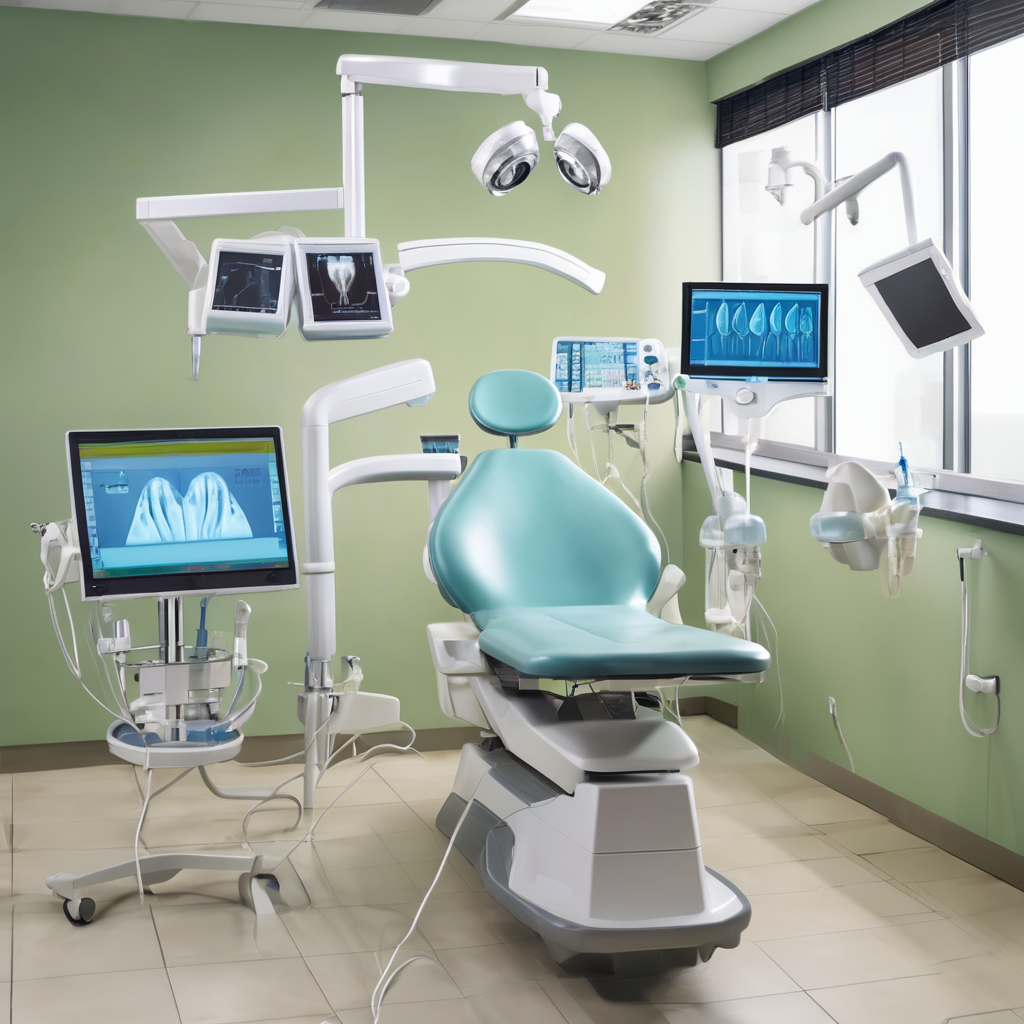
The initial investment for dental equipment can be substantial, leading to cash flow constraints, particularly for new practices or those looking to upgrade their existing tools.
Consider equipment financing options or leasing arrangements that allow spreading the cost over time. Research for deals or refurbished equipment from reputable suppliers. A well-planned budget that considers long-term investments can also help mitigate the financial burden.
Unexpected equipment malfunctions can lead to significant downtime, interrupting patient care and contributing to scheduling issues.
Implement a routine maintenance schedule and invest in equipment warranties or service contracts to ensure timely repairs. Establish a strong relationship with equipment suppliers for quick support and assessments. Keeping crucial backup equipment can also minimize disruptions during breakdowns.
New or complex equipment can pose training challenges for staff, resulting in inefficiencies or improper use.
Choose equipment that is user-friendly and comes with comprehensive training resources. Organize regular training sessions and workshops for staff. Consider hiring a representative from the equipment manufacturer to provide hands-on training when new equipment is introduced.
The rapid advancement of dental technology can make it difficult for practices to keep up, leading to integration issues within existing workflows.
Before purchasing new technology, assess compatibility with current systems and software. Engage in continuous education through webinars and industry courses to stay updated on new technologies. Collaborate with dental technology consultants who can guide on seamless integration into practice.
Patients may experience anxiety or discomfort during procedures due to outdated or inefficient equipment, which can negatively impact their overall experience.
Invest in ergonomic equipment such as comfortable dental chairs and low-noise handpieces to enhance patient comfort. Ensure all equipment is regularly cleaned and maintained, reflecting professionalism and care. Consider patient-centric technologies such as sedation options or virtual reality distractions during treatment.
Limited office space can hinder the ability to use or store dental equipment effectively, reducing workflow efficiency.
Optimize the layout of the practice for better space utilization. Consider multi-functional equipment that serves more than one purpose. Regular decluttering and organization of treatment areas can also create a more efficient working environment.
Keeping up with ever-changing regulations and compliance standards can be overwhelming for many dental practices, particularly when it comes to sterilization and safety protocols.
Stay informed about latest regulations through professional dental associations and continuing education. Implement a quality management system that focuses on compliance, and designate a staff member responsible for maintaining and updating protocols. Regular training sessions on compliance and safety can also ensure all team members are aware of standards.
Facing challenges with dental equipment is a common aspect of running a dental practice. However, by proactively addressing these issues with thoughtful solutions, dentists can enhance the efficiency of their practice and improve the patient experience. Investing in quality equipment, embracing technology, ensuring staff training, and maintaining a focus on patient comfort will contribute significantly to the success and sustainability of any dental practice. Ultimately, overcoming these challenges can lead to a more productive practice and foster stronger patient relationships, setting the stage for long-term growth and success.

Dry & wet milling for zirconia, PMMA, wax with auto tool changer.
learn more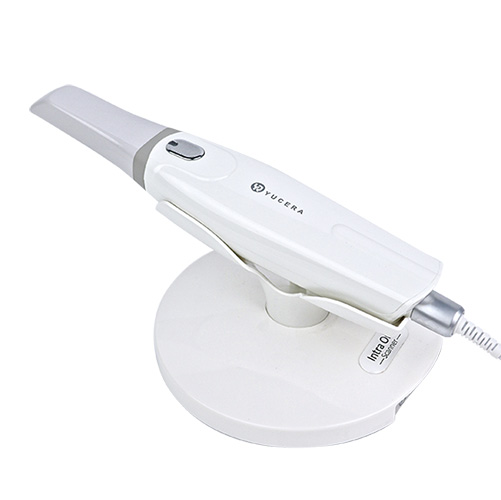
High-precision 3D scanning, AI calibration, full-arch accuracy.
learn more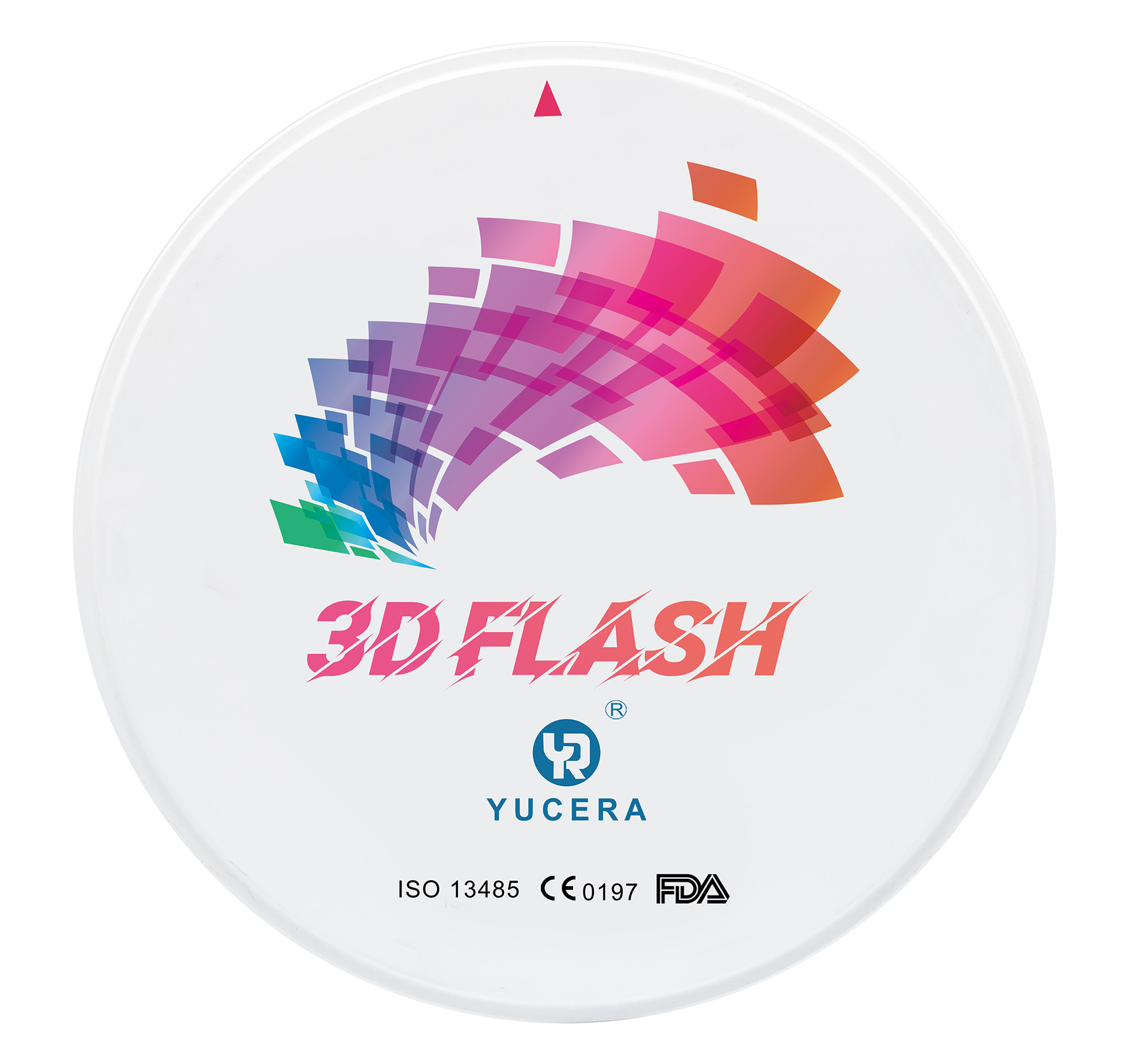
40-min full sintering with 57% incisal translucency and 1050 MPa strength.
learn more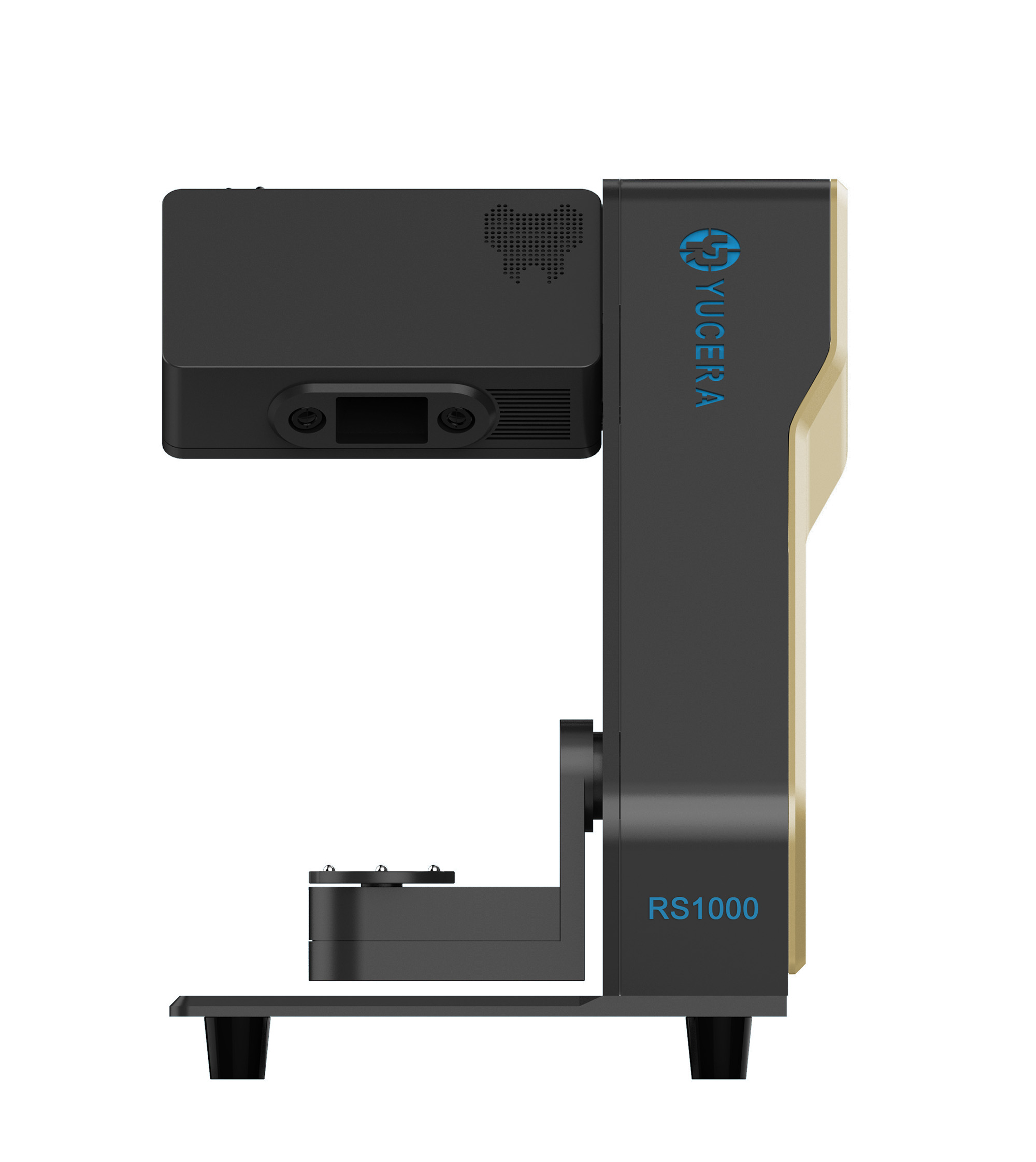
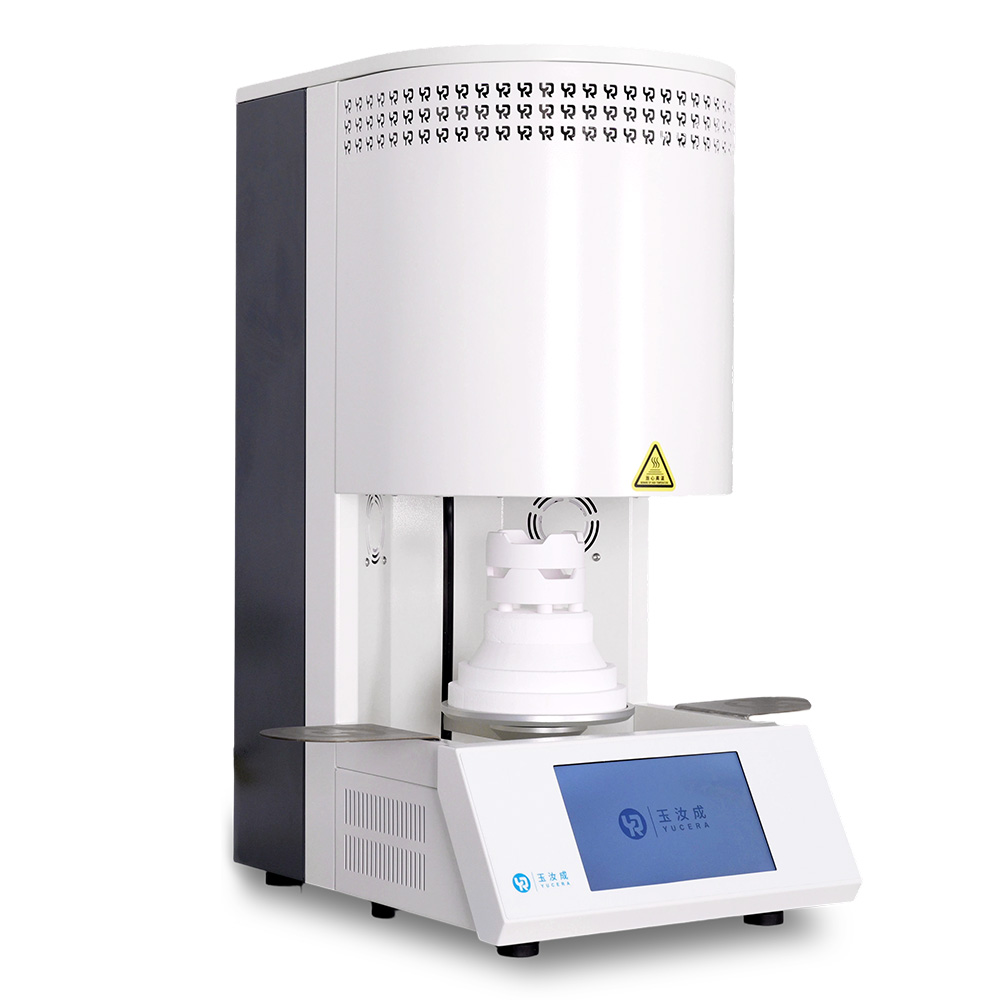
40-min cycle for 60 crowns, dual-layer crucible and 200°C/min heating.
learn more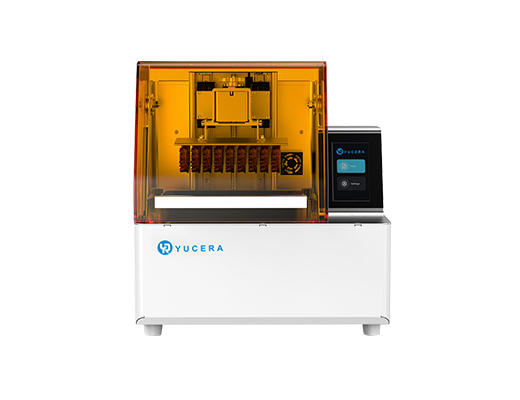
High-speed LCD printer for guides, temporaries, models with 8K resolution.
learn more